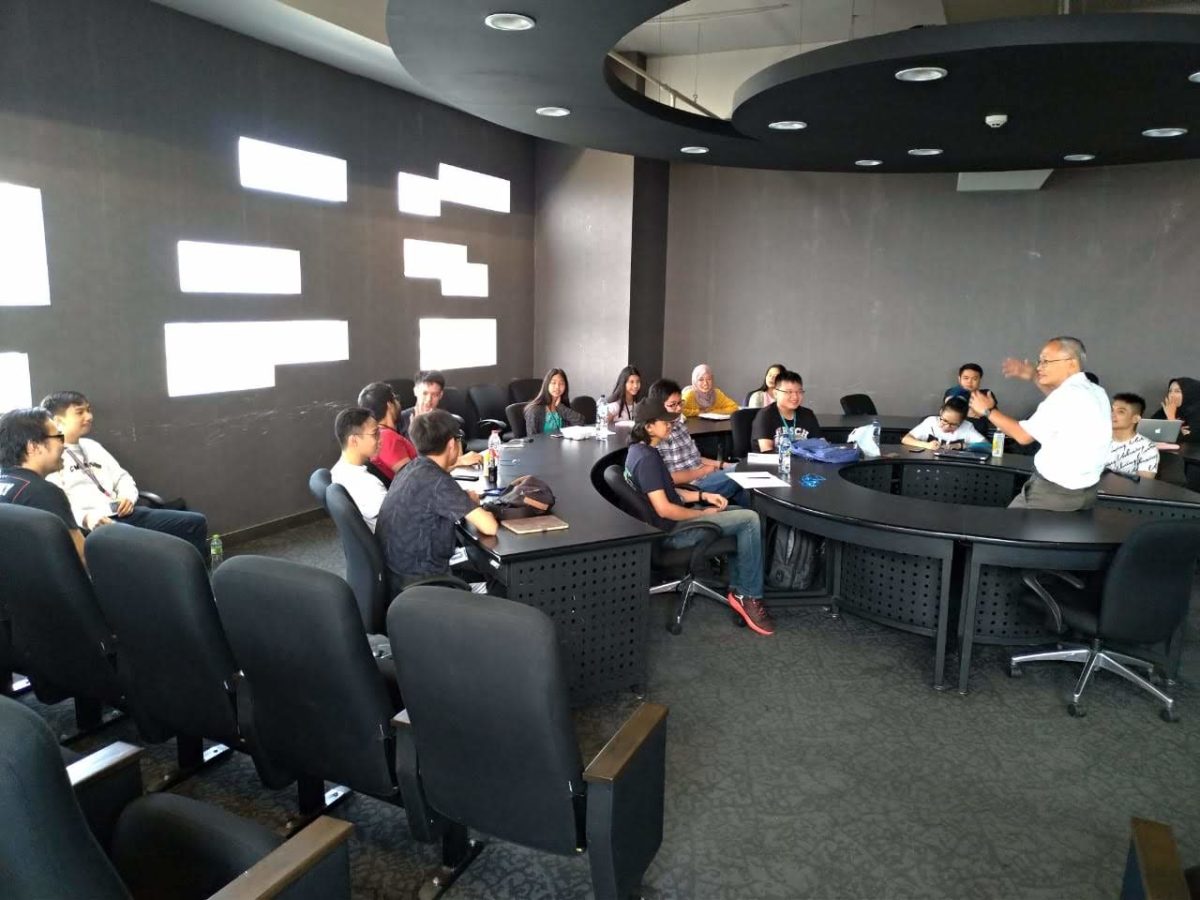Youth Mobility and Economic Development in Southeast Asia
Tangerang – Monday, June 24th 2019, the students from BINUS’ Global Class of International Relations had the opportunity to get a guest lecture given by Professor Aris Ananta, Ph.D (Faculty Economics and Business, University of Indonesia) in An ASEAN Community: Security, Economy and Society course in Alam Sutera campus. The guest lecture discussed about the Youth Mobility and Economic Development in Southeast Asia.
Today in this age of globalization we can easily reach a lot of places either figuratively or even literally. Travel time and cost are also getting more affordable, creating a favorable condition for people to travel or even migrate. The youth population are especially important in the case of mobility. They are the up and coming majority workforce and manpower. They are the ones who also move around and migrate to study abroad or just to experience new environments. The question is how youth mobility impact their country or city of destination and origin.
The impact of youth mobility differs from country to country or city to city. Countries and cities that are suffering from economic issues, instability, or even armed conflicts will inevitably push people out to migrate and find a better life outside of their origin country. This can be seen from the Europe’s migrant crisis. In this event, the country or city of origin will loose potential manpower and labor. However, the sudden influx of people to another country or city would also be somewhat negative, especially if the destination country or city already has a high population density, which in turn may create instability due to the sudden rise in culture, political, and racial differences.
Nevertheless, migrants can also be beneficial to the impacted countries. A country or city with an already high population density can benefit from outgoing migration, for example, the Indonesian capital city, Jakarta is one of the most crowded cities in the world. However, in other areas such as the islands of Kalimantan and Papua are sparsely populated and lacking in development, youth mobility or migration to these areas can help the development of the islands. Receiving countries or cities also benefit from migration in this way, where new capable youths could help the productivity and the development of the country.
In conclusion, the impacts of youth mobility in their destination and origin countries or cities differ a lot in terms of situation and condition in which why the mobility happens, they could proof to boon for productivity or a factor in the decreasing of productivity. This in my opinion depends on the way the managing government regulates migration and provide sufficient incentives for the desired migrants to stay. In the end, youth mobility is an important commodity in the international community, as they can create a generation of quality workforce from the multiple experience they receive.


